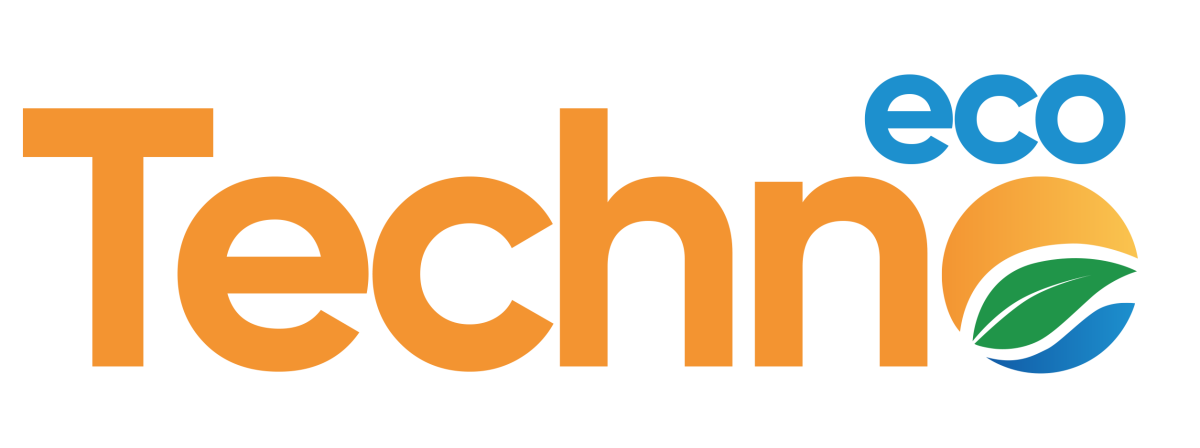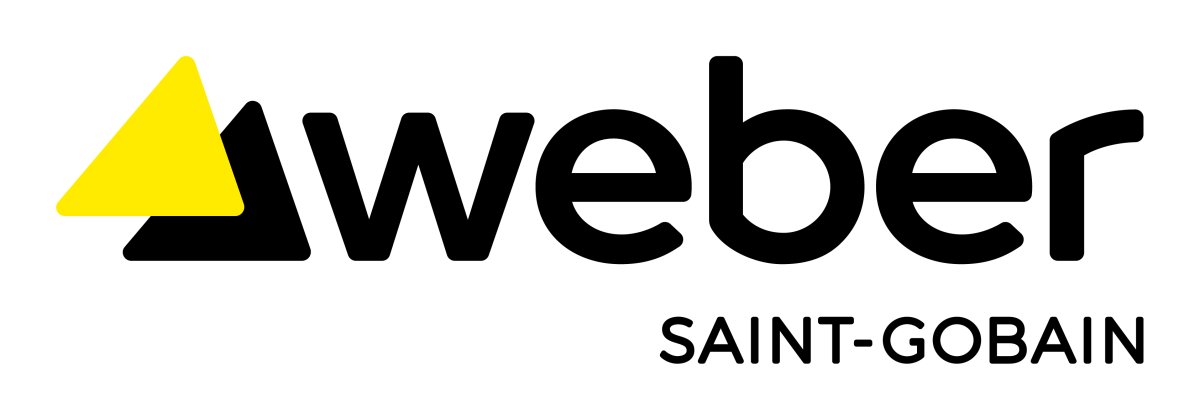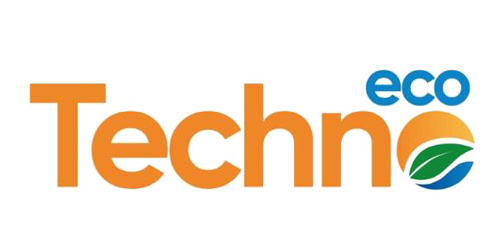Waterproofing is vital for many purposes. The most important role being its ability to build an impenetrable barrier over foundations, roofs, walls and other structural members against water & vapour. Waterproofing your building/infrastructure safeguards the structural integrity of the building making it last longer problem free. Reports say waterproofing cost accounts for 3% of a building’s construction costs but when ignored, it can be responsible for almost 90% of the damage. waterproofing is carried out in layers on the top of the structure, while retaining its respiratory characteristics. Internally, it removes the existing water content in the structure and externally forms a protective structure around itself. Typically, the building waterproofing system is constructed by creating a large number of barriers so that water cannot enter into the building. The development of these multiple layers forms a structure around the building with the materials and techniques inside. This structure can also be considered as a sustainable property or a green building measure by preventing excessive heat from escaping outside. Usually roofing materials are waterproof. However, they are not enough as the roof is subjected to wear & tear due to environmental conditions such as air, water, climate, wind and humidity. Making the roof one of the two most vulnerable parts of a building when it comes to water leakage.
Most common areas where insulation is needed are:
1.Basement of the building
2.Kitchen, Toilet and Bathroom
3.Balcony areas
4.Roof /Terrace
5.Swimming Pool
6.Water Tanks
There are various kinds of materials used for waterproofing, It becomes as important to treat your building as choosing the right material for it. So, you must understand the types of waterproofing materials for your infrastructure. given below is a guide to most popular types of materials used in waterproofing:
1.Polyurethane:
Polyurethane is a rather popular choice due to its ease of installation & is considered one of the best waterproofing materials on the market. It offers numerous benefits that are not available with the other alternatives. Ensuring you’re able to find the best material for your specific needs is crucial, therefore fully understanding the process is key. Polyurethane is made up of two components, base and reactor. Polyol acts as the base, while isocyanide is the reactor component. The combination of both these in a specific design ratio creates a liquid coating for waterproofing applications. Polyurethane application is rather quick & easy too. Polyurethane liquid membrane waterproofing method is used for flat roof area and is exposed to weather conditions. This waterproofing method is expensive compared to others. However, can offer higher flexibility. Polyurethane is very sensitive to the present moisture content, so it is necessary to be very careful when evaluating the moisture content of the concrete slab before application, otherwise the membranes may peel off or bond after a period of time. This waterproofing material will fill all capillary cracks, can decrease the concrete’s water absorbency and the liquid hardens the uppermost concrete surface. polyurethane is great because it can resist oils, detergents, and other chemicals. it is estimated that this material has a working life of 25 years or so. This ensures that it is going to keep your property protected for a long duration.
2.Cementitious coating:
Cementitious waterproofing is the easiest method of waterproofing out there on the market. The materials for cementitious waterproofing are readily available from suppliers of masonry products. And they are easy to mix and apply. Cementitious materials normally are in two parts with powder and polymer liquid to be mixed and the powder that consists of sand, organic and inorganic chemicals, and silica-based substances. When the active ingredients are combined with lime, it causes a hydration reaction, creating a waterproof seal. This method is often used in domestic wet areas such as bathrooms and toilets. This method is usually a complete or semi-flexible type of waterproofing. It is used in areas that are not sunlight or weather conditions. Cementitious waterproofing products are utilized for various purposes. Professionals utilize them to create a waterproof seal over concrete structures, such as foundations, walls, sidewalks, and walkways. You can utilize this type of waterproofing for a broad range of concrete applications. If you follow the manufacturer instructions, it will provide a durable watertight seal that will last for many years.
Cementitious Waterproofing can be used for:
-Water treatment plants
-Sewage treatment facilities
-Bridges
-Dams
-Railway and subway systems
-Marine cargo ports and docks
-River locks/channels
-Parking structures
-Tunnels
-Toilets/ kitchens
3.Bituminous membrane
Bitumen (asphalt or coal-tar pitch) is a mixed substance made up of organic liquids that are highly sticky, viscous, and waterproof. These systems are sometimes used to construct roofs, in the form of roofing felt or roll roofing products. The primary use (70%) of bitumen is in road construction, where it is used as the glue or binder mixed with aggregate particles to create asphalt concrete. Although the bituminous membrane offers excellent protection against water, another thing to note is that this material does not work well in areas that receive extreme temperatures. When exposed to extreme temperatures and a lot of UV radiation, its lifespan is going to be decreased significantly. Keeping in mind that it is not one of the eco-friendly and sustainable waterproofing products as it is made from crude oil. However, bituminous membrane has a very affordable application cost.
4.Bituminous coating
Bituminous coating (asphalt coating) is made of bitumen-based materials. It is a flexible protective coat based on its formulation and polymerization grade. The flexibility and protection against water can be influenced by the polymer grade and reinforcement of fiber. The most common applications of bituminous coatings include areas that are beneath screed wet. It is an excellent protective coating and waterproofing agent, especially on surfaces such as concrete foundations. It is not suitable for exposure to sunlight unless it is modified with a more flexible material such as polyurethane or acrylic-based polymers.
5.EPDM rubber:
EPDM Rubber is a very effective material for waterproofing your roof. It’s a synthetic rubber material that can be used for an abundance of situations, is one of the recommended waterproofing materials for roofs. Often, professionals associate EPDM rubber solution with a silicone compound. However, both vary in terms of chemical compositions, applications, and features. Also, EPDM rubber is very flexible and recyclable. Rubbers with saturated polymer backbones, such as EPDM, have much better resistance to heat, light and ozone than unsaturated rubbers such as natural rubber, SBR or polychloroprene (Neoprene). As such, EPDM can be formulated to be resistant to temperatures as high as 150°C, and, properly formulated, can be used outside for many years or decades without degradation. EPDM has good low temperature properties, with elastic properties to temperatures as low as -40°C depending on the grade and the formulation. A roll of EPDM flashing with fleece on the back, used for waterproofing roofs As with most rubbers, EPDM is always used compounded with fillers such as carbon black and calcium carbonate, with plasticisers such as paraffinic oils, and has useful rubbery properties only when crosslinked. Crosslinking mostly takes place via vulcanisation with sulphur, but is also accomplished with peroxides (for better heat resistance) or with phenolic resins. High energy radiation such as from electron beams is sometimes used for producing foams and wire and cable.
Application areas:
-Application areas:
-Roof
-Windows
-Wood
6.Thermoplastic:
Another very popular waterproofing material is thermoplastic. This material might not be the cheapest out there, but it offers a wealth of benefits. This is one of the waterproofing materials with the longest lifespan – around 50 years. When heated correctly, thermoplastic becomes semi-solid and is an excellent option for sealing sheets and panels. Since it contains elastomers, thermoplastic is very flexible and resistant to impact. This means that it is capable of resisting impact much better than some of the other materials mentioned. Thermoplastic waterproofing can be used for an abundance of purposes. It is particularly good for bladder-type situations. For starters, it would work great for oil booms, spill protection, inflatable watercraft, splints, storage bags, and so much more. The material is often used for pharmaceutical products as well. It has the ability to keep air and liquid out, so it’s great for creating storage bags for food and water The only downside with this type of material is the fact that it’s going to cost slightly more than others on this list. It’s also much more difficult to deal with. This is the case if you’re going to be installing it on your roof.
7.PVC waterproofing membrane
Because this product has used the unique product formula, the product life has far exceeded the general waterproofing material, the entire waterproofing system life is long, the roofing surpasses for 30 years, underground surpasses for 50 years, in the construction, the civil engineering obtains the widespread application. PVC waterproofing membrane is a modern roofing material, which is made of high-quality flexible (plasticized) polyvinyl chloride. Depending on the application area there are reinforced and unreinforced membranes. Reinforced waterproofing membrane has a reinforcing base in the form of polyester mesh or glass fiber and it is used for waterproofing of roofs. Reinforced membranes have increased durability. Unreinforced membranes are more flexible, have high tear resistance and are used for waterproofing of underground structures, tunnels, swimming pools. Among the features of PVC waterproofing membrane its vapor permeability should be highlighted. Due to this characteristic the material can let moisture out of the roof space of the building.
Common application areas
-Roof
-Swimming pools
-Tunnels
-Underground structures













.png)